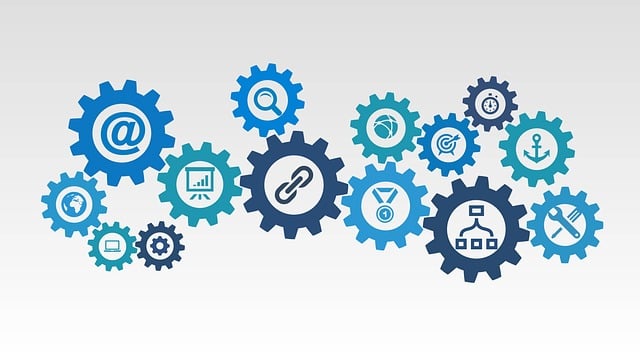In the evolving landscape of content creation, the debate between human and AI-generated content is becoming increasingly relevant. As AI technology advances, it offers a more affordable option for generating content, capable of producing neutral, objective information efficiently. However, the choice isn’t straightforward, as each option comes with its unique set of advantages and challenges. Let’s dive into the pros and cons of human vs. AI content to understand which one you should opt for.
AI Content
Pros
- Affordability: AI content creation tools, including those powered by technologies like GPT-4, offer a cost-effective solution for content needs, making it accessible for businesses of all sizes.
- Speed: AI can generate content at a pace no human writer can match, turning around articles, reports, and analyses in a fraction of the time.
- Scalability: For large-scale content projects, AI can produce a vast amount of content quickly, helping businesses scale their content production without a proportional increase in cost.
Cons
- Accuracy Concerns: AI can confidently present information that is outdated or incorrect. Despite its intelligence, it lacks the ability to verify the accuracy of its data in real-time, necessitating thorough fact-checking.
- Lack of Nuance and Depth: AI-generated content often misses the nuance and depth that come naturally to human writers, which can affect the engagement and credibility of the content.
- Risk of Google Penalties & Demotions: AI-generated content, particularly if it’s of low quality, carries the risk of incurring Google penalties and demotions.
Human Content
Pros
- Unique Perspectives: Human writers bring their unique insights, experiences, and creativity to the table, offering content that is truly one-of-a-kind.
- Emotional Engagement: Humans can weave emotional elements into their writing more effectively, engaging readers on a deeper level.
- Critical Thinking and Analysis: Human writers excel in providing in-depth analysis and critical perspectives on complex topics, something AI currently cannot replicate.
Cons
- Higher Costs: Quality human writing comes at a higher price, especially for businesses looking for top-tier talent.
- Scalability Issues: Human content production cannot match the speed of AI, posing challenges for scaling content operations without significant investment.
Elevating AI Content Quality
In the quest for high-quality content creation, harnessing the synergy between AI technology and human expertise can yield exceptional results. Human SEO content writing professionals, like myself, bring a wealth of experience, creativity, and critical thinking to the table, complementing the efficiency of AI-generated content.
Human Content Still Reigns Supreme
While AI content creation tools provide valuable support, human content retains its crown for several reasons. Human writers can produce content that is not only unique but also offers something new and valuable that search engines like Google haven’t encountered before. The ability to think critically, engage readers emotionally, and inject personal flair into writing is irreplaceable.
However, this doesn’t mean AI doesn’t have a place in content creation. Tools like ChatGPT can significantly aid in brainstorming, initial research, and even drafting, serving as a powerful ally to human creativity. The trick lies in leveraging AI for what it does best—supporting the content creation process, while relying on human expertise to ensure the content’s uniqueness, accuracy, and emotional depth.
AI Tools: A Diverse Landscape
Different AI content tools offer varying capabilities, from generating entire articles based on prompts to suggesting headlines, creating outlines, or providing research assistance. Exploring these tools can reveal how best to integrate AI into your content strategy, enhancing efficiency without compromising on quality.
Conclusion
In the content creation arena, human writers hold the edge for their ability to create genuinely unique, engaging, and nuanced content. However, embracing AI as a complementary tool can enhance productivity and creativity, making it a valuable asset in the content development process. Ultimately, the optimal approach combines the strengths of both human and AI content creation, leveraging each for their respective advantages to produce content that is both high-quality and scalable.

Be First to Comment